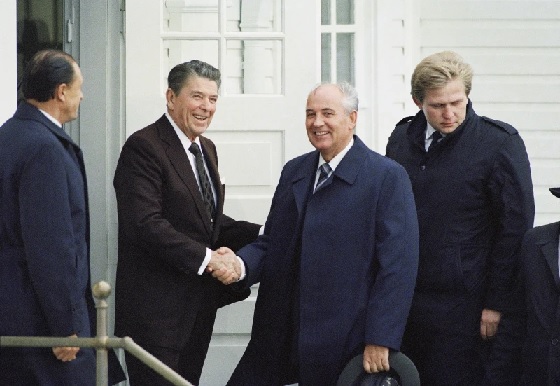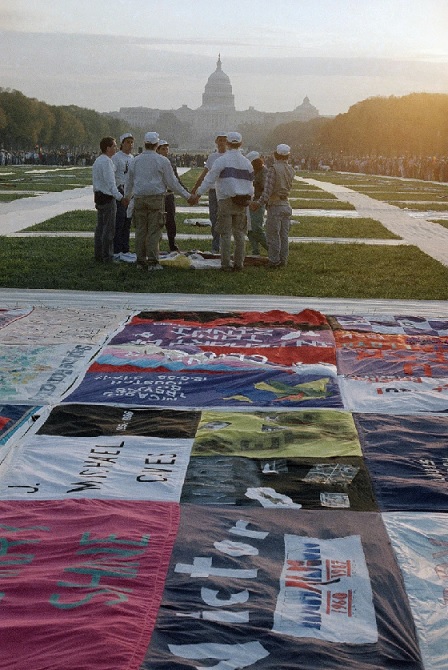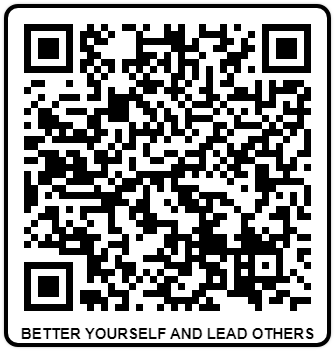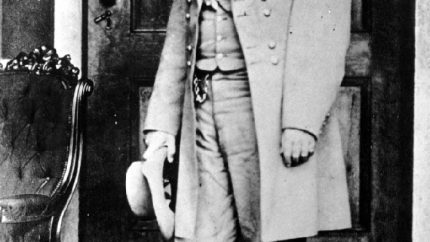
October 11, 1986: Reagan and Gorbachev Meet in Reykjavik for Arms Control Talks
On this day in 1986, U.S. President Ronald Reagan and Soviet leader Mikhail Gorbachev met in Reykjavik, Iceland, to discuss arms control and human rights issues. While the talks ended without a formal agreement, they marked a significant step in easing Cold War tensions. Both leaders grappled with deep differences on nuclear disarmament, particularly around the U.S.’s Strategic Defense Initiative, known as “Star Wars.” The summit’s failure at the time led to disappointment, but it eventually paved the way for the Intermediate-Range Nuclear Forces Treaty (INF) in 1987, a landmark agreement that helped de-escalate the nuclear arms race. This meeting underscored the importance of diplomacy and dialogue in preventing global catastrophe during the Cold War era.
October 11, 1906: San Francisco Board of Education Segregates Asian Students
On October 11, 1906, the San Francisco Board of Education ordered the segregation of Asian students into a separate school. This discriminatory policy, part of a larger pattern of anti-Asian sentiment on the West Coast, provoked international outcry, particularly from Japan. President Theodore Roosevelt intervened, negotiating the “Gentlemen’s Agreement” with Japan, which stopped further Japanese immigration in exchange for rescinding the segregation order. This incident highlighted the tensions between U.S. domestic policies and international relations, as well as the struggles of immigrant communities for equal treatment. Segregation in American schools would not be fully dismantled until decades later, when the Civil Rights Movement gained momentum.
October 11, 1968: Launch of Apollo 7, the First Manned Apollo Mission
On this date in 1968, NASA launched Apollo 7, the first crewed mission in the Apollo program. Astronauts Wally Schirra, Donn Eisele, and Walter Cunningham orbited Earth for 11 days, testing critical systems for the eventual moon landing. This mission came just over a year after the tragic Apollo 1 fire, which had killed three astronauts during a launch rehearsal. Apollo 7’s success restored public confidence in NASA and was a crucial step toward the historic Apollo 11 moon landing in 1969. The mission demonstrated the resilience of both the space program and its astronauts in overcoming earlier setbacks.

October 11, 1984: Kathryn D. Sullivan Becomes First American Woman to Walk in Space
On October 11, 1984, astronaut Kathryn D. Sullivan made history as the first American woman to walk in space. She and fellow astronaut David Leestma spent 3 1/2 hours outside the space shuttle Challenger, conducting important tests and repairs. Sullivan’s spacewalk not only broke barriers for women in STEM fields but also played a crucial role in advancing NASA’s capabilities for future missions. Her accomplishment emphasized the growing role of women in space exploration, an arena once dominated entirely by men, and opened doors for future generations of female scientists and engineers.

October 11, 1987: The AIDS Memorial Quilt is Unveiled
The AIDS Memorial Quilt was first displayed on October 11, 1987, during the Second National March on Washington for Lesbian and Gay Rights. The quilt, initially featuring 1,920 panels, each commemorating someone who had died from AIDS, symbolized the devastating impact of the disease. By personalizing the epidemic, the quilt helped destigmatize AIDS and became a powerful tool for raising awareness and funds for research. Over the years, the quilt grew to more than 50,000 panels, making it one of the largest community art projects in history. Its unveiling marked a watershed moment in the fight against AIDS and a call for greater compassion and action.
October 11, 1991: Anita Hill Testifies Against Supreme Court Nominee Clarence Thomas
On October 11, 1991, law professor Anita Hill testified before the Senate Judiciary Committee, accusing Supreme Court nominee Clarence Thomas of sexual harassment. Her testimony sparked a national debate about workplace harassment, gender equality, and race relations. Thomas’s vehement denial and characterization of the hearings as a “high-tech lynching” drew sharp reactions from both sides of the political spectrum. Despite the controversy, Thomas was confirmed to the Supreme Court. The hearings, however, had a lasting impact, leading to a surge in awareness and legislation around sexual harassment and inspiring a new wave of women to enter politics.
October 11, 2017: Boy Scouts of America Announces Inclusion of Girls
In a historic move on October 11, 2017, the Boy Scouts of America announced that girls would be allowed to join Cub Scouts starting in 2018, with plans for a separate program for older girls based on the Boy Scout curriculum. This decision came in response to increasing demand for gender inclusivity and the desire for girls to have access to the leadership and outdoor skills traditionally taught in the Boy Scouts. The move was significant in challenging long-standing gender norms within scouting organizations, signaling a broader cultural shift toward equality and inclusivity for all youth, regardless of gender.
October 11, 2021: Jon Gruden Resigns as Las Vegas Raiders Coach
On October 11, 2021, Jon Gruden resigned as head coach of the Las Vegas Raiders after the release of emails in which he had used offensive language to describe Blacks, gays, and women. The revelation led to widespread condemnation, prompting Gruden’s resignation amidst growing calls for accountability and diversity within professional sports. His resignation highlighted the ongoing challenges of addressing discrimination and offensive behavior within sports leadership. This incident served as a reminder of the impact of public figures’ words and actions and the increasing demand for cultural sensitivity in all areas of society.









